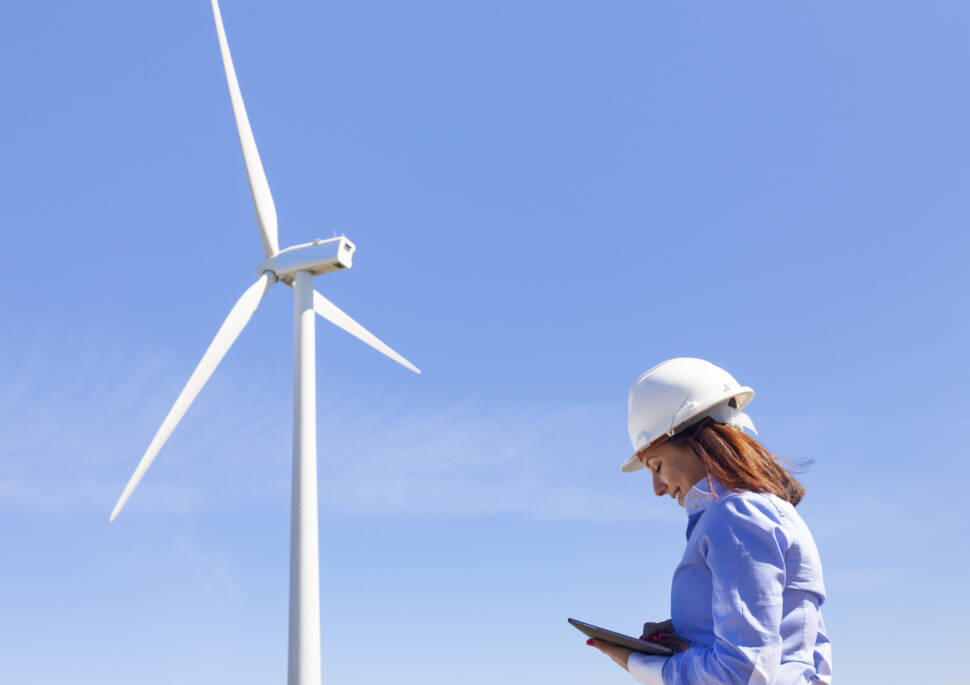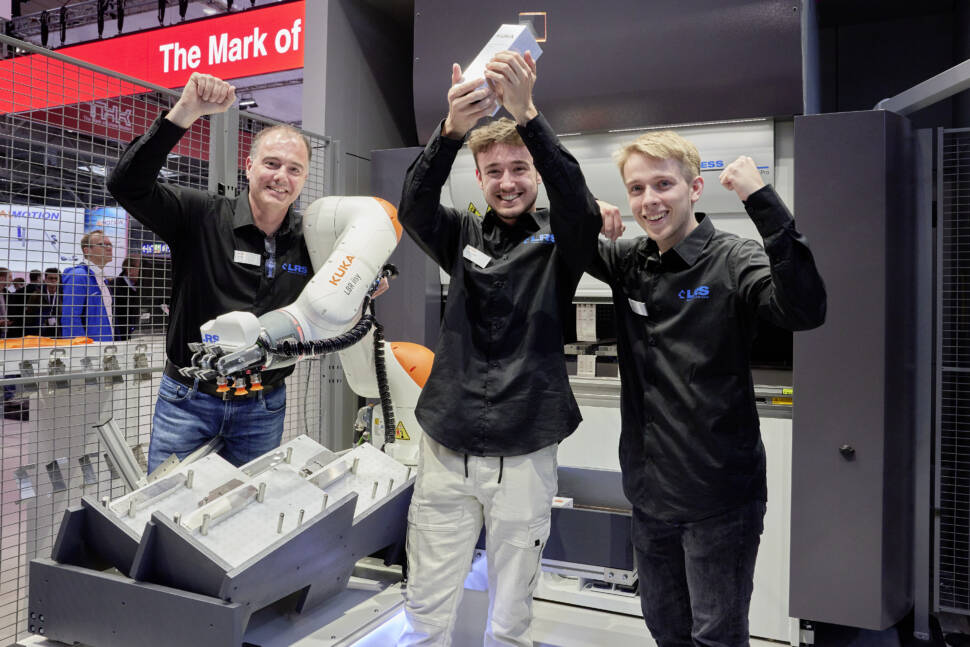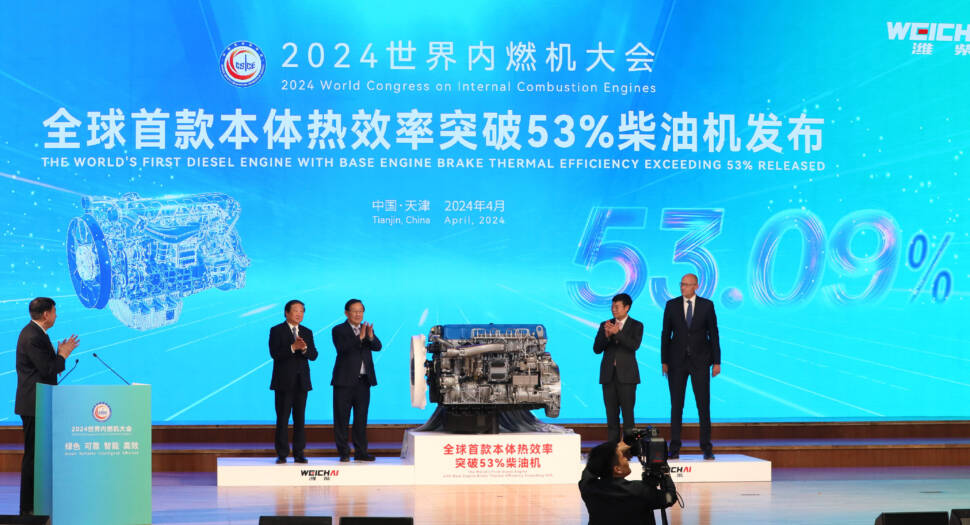Czech billionaire Daniel Kretinsky is about to join Thyssenkrupp’s steel business. After months of negotiations, Thyssenkrupp presented an agreement on Friday. Kretinsky’s EPCG holding will initially take over 20 percent of the Thyssenkrupp Steel Europe division, the company announced on Friday in Essen. It was agreed not to disclose the terms of the transaction.
The deal is still planned for the current 2023/24 financial year (at the end of September), it said. The relevant authorities and Thyssenkrupp’s supervisory board still have to approve the transaction. Negotiations are also underway to take over a further 30 percent of the steel business. The aim is still to form a joint venture in which both partners each hold 50 percent.
Here you will find external content from X (formerly twitter.com) displayed.
By using the content you agree to this Data protection
from youtube.com to.
#thyssenkrupp and the EP Corporate Group enter into a strategic partnership: EPCG acquires 20% of the shares in #steelbusiness from thyssenkrupp. In addition, the parties are discussing the acquisition of a further 30% stake in the steel business. More on this: https://t.co/hMuIBrgjXx pic.twitter.com/BGxNAekgCm
— thyssenkrupp (@thyssenkrupp) April 26, 2024
At the end of November, Thyssenkrupp made public negotiations with Kretinsky about his entry into the steel business. CEO Miguel López hopes this will provide a solution to the expected higher energy costs in connection with the conversion to less climate-damaging production.
In the last financial year, Thyssenkrupp had to write off billions on its steel business, which suffered from weak demand and lower prices coupled with higher costs. Thyssenkrupp recently announced the reduction of capacity at the Duisburg site, which will also lead to further job cuts. (dpa)
Source link















